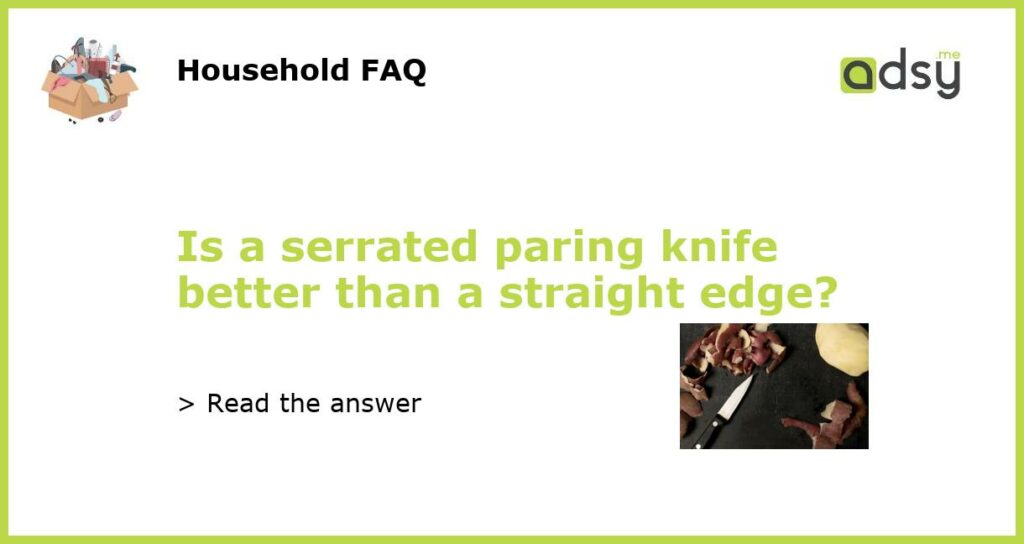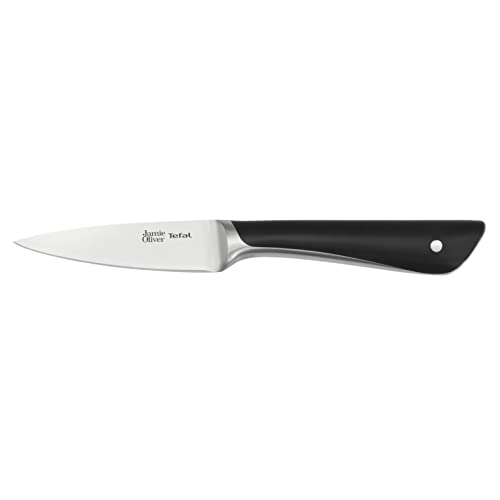Understanding the Difference: Serrated Paring Knife vs Straight Edge
When it comes to selecting the right knife for your culinary needs, it’s important to consider the type of edge that will be most effective. Two popular options for kitchen knives are serrated blades and straight edges. Understanding the differences between these two types can help you determine which is better for your specific needs.
The Benefits of a Serrated Paring Knife
Serrated paring knives are characterized by their teeth-like edges. These small, pointed serrations enable the knife to cut through tough-skinned fruits and vegetables with ease. The jagged edge helps to grip and penetrate the food’s surface, making it ideal for slicing tomatoes, citrus fruits, and crusty bread without crushing or tearing the delicate inner layers.
Additionally, serrated paring knives are known for their long-lasting sharpness. The serrations help to distribute the cutting pressure along the edge, reducing the amount of wear and tear on the blade. This means that you won’t need to sharpen the knife as frequently compared to a straight edge.
The Advantages of a Straight Edge
While serrated paring knives can excel in certain situations, there are cases where a straight edge knife may be more suitable. Straight edge knives are known for their clean, precise cuts. This type of blade is perfect for tasks that require accuracy, such as peeling or trimming fruits and vegetables.
Straight edge knives also have the advantage of being versatile. They can be used for a wider range of tasks, from chopping herbs to thinly slicing meat. Additionally, because they lack serrations, they are easier to clean and maintain.
Consider Your Cooking Style and Preferences
Choosing between a serrated paring knife and a straight edge ultimately comes down to personal preference and your cooking style. If you frequently work with tough-skinned produce or bread, a serrated paring knife may be the better choice. On the other hand, if you prioritize precision and versatility, a straight edge knife might be more suitable for your needs.
It’s also worth considering the other knives in your kitchen arsenal. If you already have a serrated bread knife for crusty loaves, a straight edge paring knife may complement your collection better. Assessing your current knife set and determining the gaps in functionality can help guide your decision.
The Verdict: Finding the Best Knife for You
Ultimately, there is no definitive answer as to whether a serrated paring knife is better than a straight edge. It all depends on your specific needs and preferences in the kitchen. Both types of knives have their advantages and excel in different situations.
To make an informed decision, consider what tasks you frequently perform in the kitchen, the types of ingredients you work with, and the other knives you already have in your collection. By taking these factors into account, you’ll be able to choose the knife that best suits your cooking style and needs.






